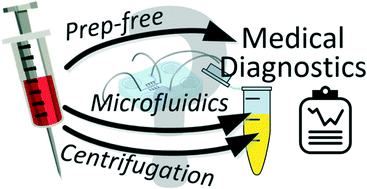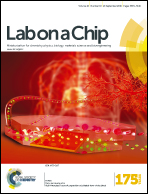Microfluidic blood plasma separation for medical diagnostics: is it worth it?
Abstract
Circulating biomarkers are on the verge of becoming powerful diagnostic tools for various human diseases. However, the complex sample composition makes it difficult to detect biomarkers directly from blood at the bench or at the point-of-care. Blood cells are often a source of variability of the biomarker signal. While the interference of hemoglobin is a long known source of variability, the release of nucleic acids and other cellular components from hemocytes is a new concern for measurement and detection of circulating extracellular markers. Research into miniaturised blood plasma separation has been thriving in the last 10 years (2006–2016). Most point-of-care systems need microscale blood plasma separation, but developed solutions differ in complexity and sample volume range. But could blood plasma separation be avoided completely? This focused review weights the advantages and limits of miniaturised blood plasma separation and highlights the most interesting advances in direct capture as well as smart blood plasma separation.

- This article is part of the themed collection: Lab on a Chip 2016 Most Downloaded Articles

 Please wait while we load your content...
Please wait while we load your content...